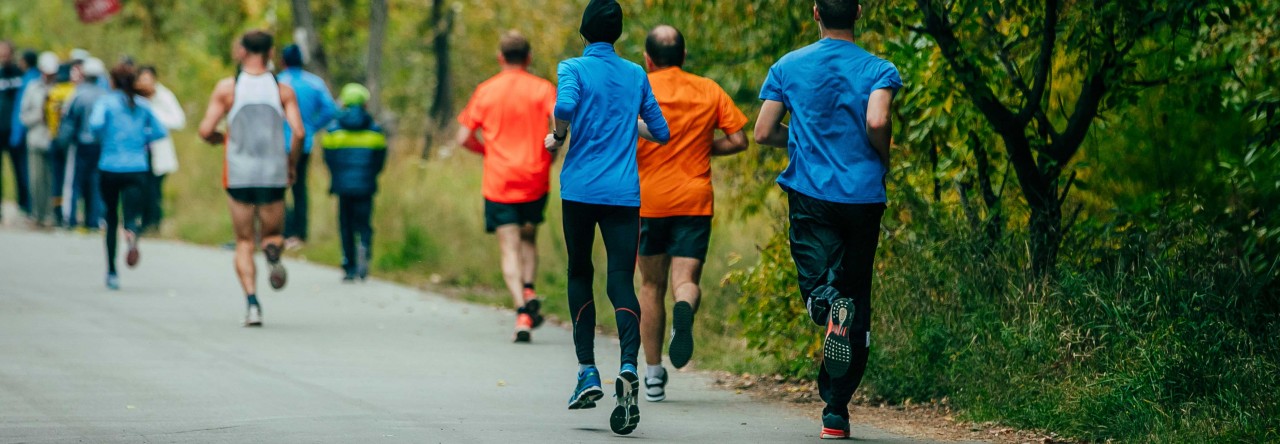What is Shin Splints?
Almost every runner I have met knew or heard of Shin Splints, one of the common running injuries that inflicts pain at the front side of the shins. It comes and goes in some cases, and sticks for long in some unfortunate runners.
Some people relate it to running shoes, because once they change shoes the problem goes away. Some believe it never happens in barefoot running. Their explanations are not very accurate although they might get these solutions to work for them. The basic issue with these solutions is they do not discover the cause of the problem first; they go straight to prescription.
Types of Shin Splints
There are two types of Shin Splints each linked to a different muscle:
- Type 1: linked to Soleus muscle with the function of plantar flexion
- Type 2: linked to Tibialis Anterior with the function of dorsi flexion
Functions of these muscles
One end of Soleus is on Tibia bone also known as shin bone, and the other end merges with Gastrocnemius, or the calf muscle, into Achilles tendon. Soleus plays a dominant role in moving toes away from the shins (plantar flexion) when the knee is bent. If the knee is not much bent, Gastrocnemius (calf) comes in more effectively at plantar flexion. This action is called push-off or pawback in Pose running lexicon.
Tibialis Anterior moves toes towards the shins, called dorsi flexion. One end is on Tibia bone (shin) and the other end goes to the foot.
Type 1 shin splints and Soleus Muscle
One scenario I suspect the soleus muscle would be used much is pushing off the ground right after landing deep on the knee. The knee is bent so that soleus is used more than calf muscle to move toes away from the shin.
I have had clients with cadence slower than 180 at their jogging pace. I helped them manage removing toe push off but they still had a push somewhere. Further investigation with slow motion video analysis transpired that there was a knee push off in the running cycle and that starts with landing deep on the knees, to load the knee for a good push. That significantly slows the stride rate due to the range of motion of knee joint. Going back to when they still had the toe push off on top of the landing deep on the knees, they would have to push off the ground to compensate for the delay caused by landing deep on the knees to maintain the momentum/pace. The push of course starts from the lowest point during landing when Soleus is more dominant than Calf muscle.
Here is how pushing off the ground can result shin splints in my own understanding.
Type 2 shin splints and Tibialis Anterios
Over-striding and landing ahead of the body is ubiquitous these days. While the comfortable cushioning in popular running shoes mitigate the damage by protecting some parts of foot and leg locally, the magnitude of such landing impacts other parts anyway. Landing ahead of the body usually comes with landing on heel. Note that landing ahead of the body can also happen in fore-foot landing and I have seen runners doing that. If the runner allows the heel to gently land, then it should be shin-splints safe; otherwise if toes are actively lifted to expose the heel to the ground first then there would be a good chance for this type of shin splints. There are running shoes that hold your toes up so you would not have to drosi flex to expose your heels (Ok, no hard feeling, let say it is because shoe makers love you and want you to feel comfortable at running) … and I never recommend going down such track. It is like counting on fat-removal surgery to binge on food. Better stop the wrong doing in the first place, do not you agree?
Here is how active heel striking can cause such shin splints, and it is all my understanding shared in here.


Comments are closed.